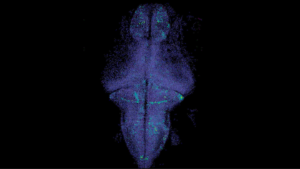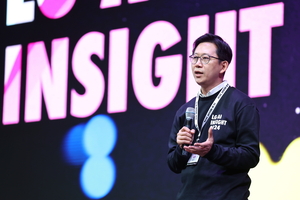Gemini Robotics AI Model by Google Expands into the Physical Realm

The Future of Robotics: Google DeepMind’s Gemini Model
A New Era in Robotics
In the world of science fiction, artificial intelligence (AI) features prominently, powering remarkable robots that often possess super intelligence—and occasionally, even a sinister edge. However, the capability of today’s AI systems is mostly confined to screens, primarily assisting users through text-based interactions. This landscape may soon change, thanks to Google DeepMind, which has unveiled a groundbreaking version of its AI model, Gemini.
Introducing Gemini Robotics
Google DeepMind has announced a new iteration of its AI architecture, Gemini, designed specifically for robotics. This latest model integrates language processing, visual recognition, and physical actions, enabling a new generation of robots that can perform a broader array of tasks. The primary objective is to create robots that are not only more capable but also adaptable, which opens up various practical applications.
Demonstrations of Gemini in Action
Recent demonstration videos showcased robots outfitted with Gemini Robotics carrying out tasks based on spoken commands. These demonstrations included:
- Robot arms that can fold paper.
- Hands that deliver vegetables.
- Gentle placement of glasses into their cases.
The robots utilize the Gemini model to connect what they see with how they should act. This flexibility allows the AI to learn and execute tasks across various hardware configurations, making it a versatile tool for robot developers.
Gemini Robotics-ER: A Focus on Embodied Reasoning
In addition to the main Gemini model, Google DeepMind introduced a specific version called Gemini Robotics-ER (Embodied Reasoning). This specialized model emphasizes visual and spatial understanding, making it a valuable resource for researchers in the robotics field. By leveraging this model, developers can train their own AI systems to manage robotic behavior effectively.
Collaboration with Humanoid Robots
A notable demonstration involved a humanoid robot named Apollo, developed by Apptronik, which used the Gemini model for interactive tasks. In a showcase, Apollo engaged in a conversation with a human and efficiently moved letters on a table upon request. This highlights not just the model’s capabilities, but also its potential for real-world interactions.
Enhanced Generalization Capabilities
Kanishka Rao, a robotics researcher at Google DeepMind, emphasized the significant advancement represented by Gemini. This model possesses a robust understanding of the world—allowing it to operate effectively in various settings, even if those scenarios were not part of its training data. Rao stated, “Once the robot model has general-concept understanding, it becomes much more general and useful.” This adaptability is crucial for advancing robotic intelligence in realistic settings.
The Road Ahead for Robotics
The emergence of powerful AI technologies, like those seen in chatbots such as OpenAI’s ChatGPT and Google’s Gemini, has raised expectations for a similar transformation in the field of robotics. While the advancements are promising, several significant challenges remain before we can fully realize the potential of intelligent robots.
As research and development continue, the integration of advanced AI models like Gemini into robotics signifies a noteworthy step forward. With ongoing innovations, the prospect of robots capable of understanding and interacting within complex environments is becoming increasingly tangible.






